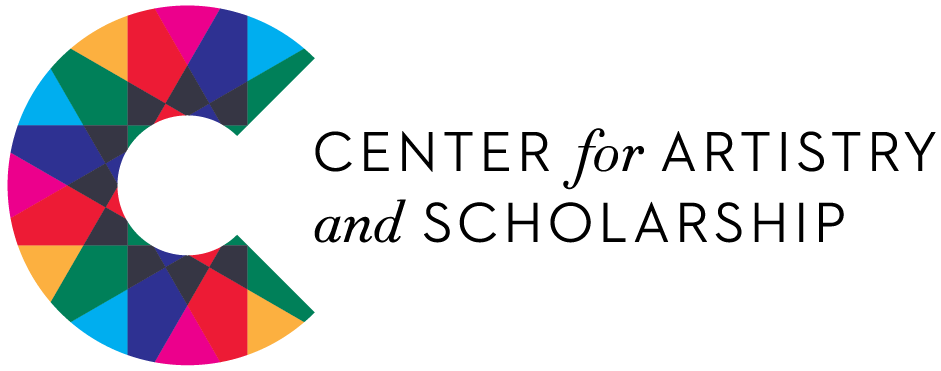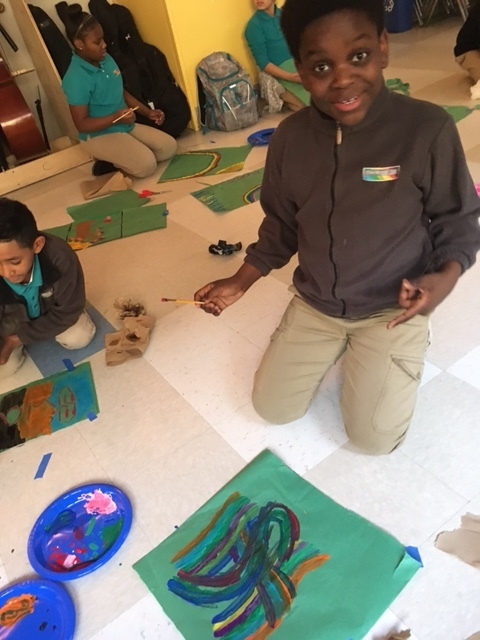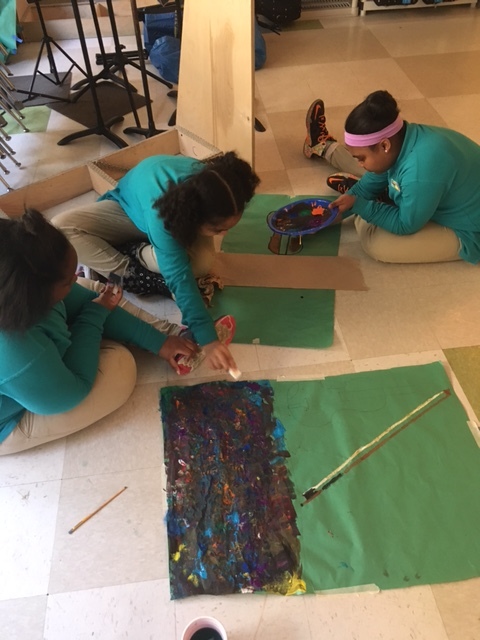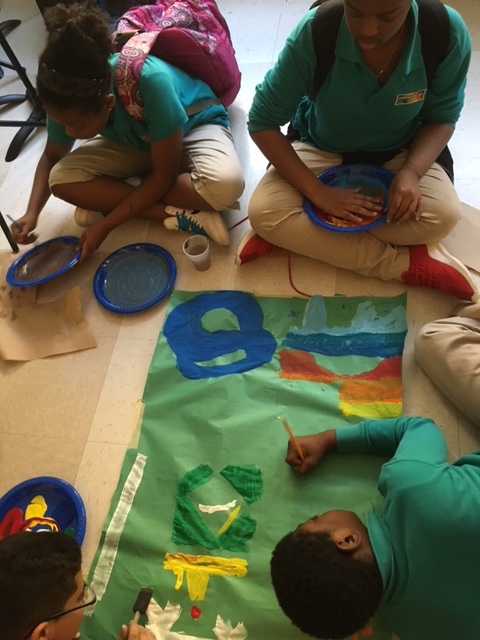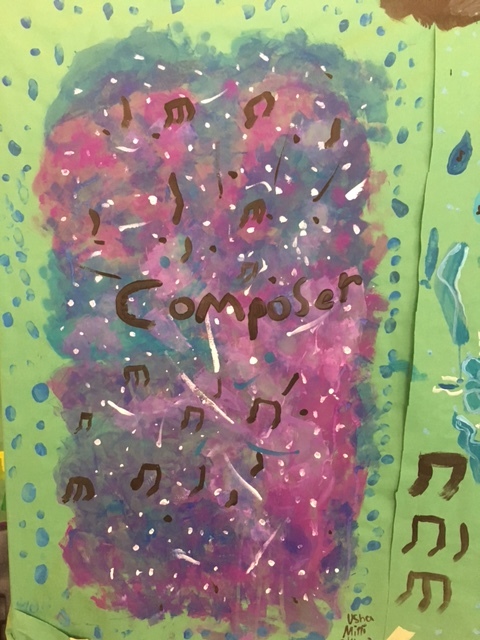We'll Still Rise
It’s impossible to have a discussion about El Sistema without touching on lofty ideals of social change. Music educators in the United States, Venezuela, and around the world seek to transform and uplift underserved communities through orchestral training -- creating artist/citizens who are equipped to change their future society for the better. But society does not change because you ask nicely and can play the viola. Is a community truly changed by a few of its members learning the violin? I doubt it. So how can we make “social change” tangible instead of a buzzword?
Featuring the artwork of Elijah Robson and other Conservatory Lab students.
In today’s political climate, citizens must be prepared to stand up for rights they believe in and fight for equality for themselves and others. If I have goals of long-term social change for our community, these have to be among my most important learning targets for my students. Students must be taught to notice inequity AND voice their perspective.
For many years, inequity has stared us in the face at Conservatory Lab. We are a school made up of some of the most musically able and hardest working musicians for their age in the city of Boston -- yet we remain without a permanent home, stuck sharing a hospital building that is far from ideal to serve as a school facility. Our students eat lunch at their desks, dream of playing basketball in a school gym, and pass each other in narrow hallways designed for the orderly passage of doctors and nurses, not for students carrying musical instruments. I wholeheartedly believe that if a group of students as talented as ours was in Newton, Brookline, or Swampscott, we would have the building our students deserve.
If our students are to learn how to notice inequity and voice their perspectives, there is no more relevant subject to be addressed than the issue of educational inequality that touches us directly every day. Much of my work in the past year has been designing frameworks to integrate tangible social justice aims into creative prompts. Last year, I aided the students in generating original texts by using prompts and model texts (Maya Angelou’s “Still I Rise” and MLK’s “I Have a Dream” speech). The student texts were focused on the inadequacy of our building and how the movement of the site has affected our students. I then integrated these texts with original musical ideas generated by the students through composition prompts. We complemented this work with visual art related to the same themes. The final result was an all original five-movement interdisciplinary work, “We’ll Still Rise,” that was a blend of spoken text, music, singing, and visual art. View the excerpt from the performance of “We’ll Still Rise” at the top of this page.
Together, we created a work that gives voice to the change we seek in our school community. It is not common practice for an orchestra to collectively write their own music. Nor is it common practice for an orchestra to have discussions about creative decisions made in a piece they are currently rehearsing. These practices are virtually unheard of in the context of an elementary or middle school music classroom.
Group artwork by the current Conservatory Lab sixth grade class.
Teaching creative process is not necessarily the same thing as teaching music. Most music programs focus on instrumental technique -- and of course, technique is important. But I prefer to view technique more as a visual art teacher would. Technique only serves the artist to aid in creation -- it is not a means to an end. Perfect technique is useless without ideas. A visual art teacher would never have a student only work on lines, color, and copying great works from the past, but the equivalent is exactly what orchestral musical training does today.
I believe that creative process and artistic thought deeply relate to civic empowerment outcomes. Artists must think critically, constantly hone their reflective processes, and at best, seek to hold up a mirror to society so it can see itself clearly. If we truly seek to provide a social justice education, I believe we must collectively go much further than assuming teaching music will empower students and improve society. In and of itself, it won’t. But, if we teach students to think like artists -- critique, reflect, create, voice, act -- we at least create the conditions to support the social justice aims we so commonly cite as our primary goal.
Brad Barrett is the Creative Curriculum Designer at Conservatory Lab Charter School and an El Sistema Resident Artist.
